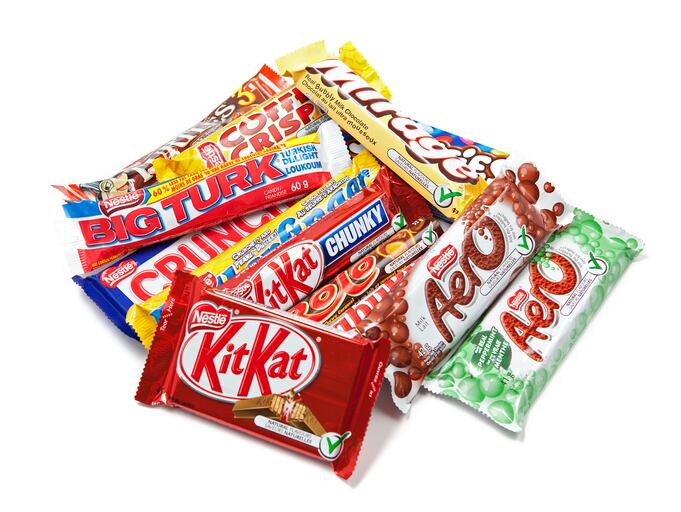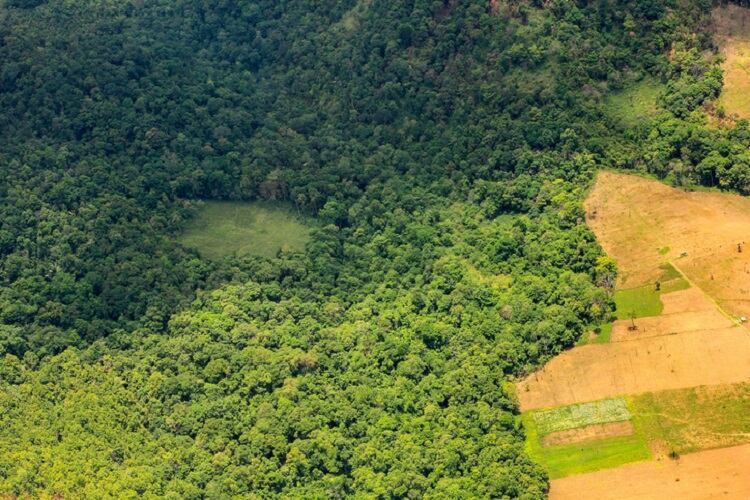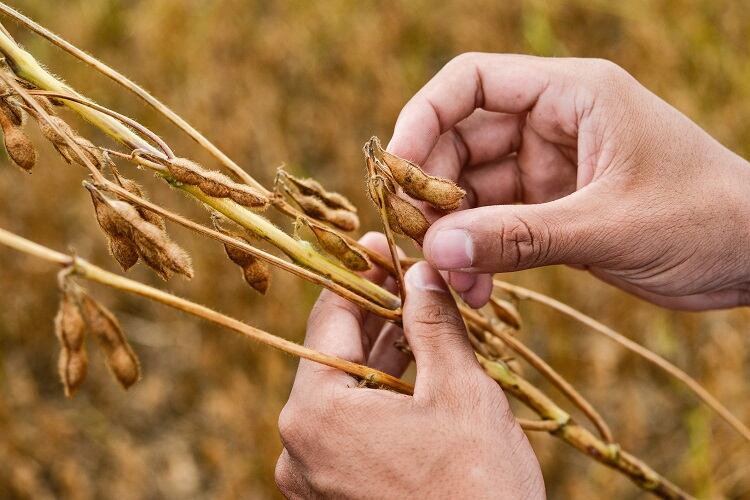Food giant Nestlé has committed to eliminating all deforestation from its global supply chain by the end of 2020. And in soy, the multinational is less than 15% off its mark. In 2018, the firm calculated that 75% was responsibly sourced, with 78% traceable to its source.
This commitment, according to Nestlé’s global responsible sourcing lead for cereals, sugar and soya, Madeleine Eilert, was developed in line with the Round Table on Responsible Soy (RTRS)’s standard.
“This is a strong standard. They don’t allow for any deforestation or conversion…and they also cover the social aspects,” she told us, suggesting that RTRS’ standards have more breadth than most.
“Many standards are either focused on social or on environment, but RTRS has the full scope.”
With Nestlé deadline fast approaching, the company is “heavily engaged” with its suppliers to attain 100% traceability, zero deforestation, and protect biodiversity in soy-producing regions.
Yet according to Eilert, key challenges remain. These include long and often complex supply chains, and varying levels of deforestation commitments held by suppliers in Argentina and Brazil.
Tracing the middlemen
The majority of Nestlé’s soy is sourced from the US, Argentina and Brazil for use in its Purina pet food business. For human consumption, the FMCG sources soy for its vegetarian brand Garden Gourmet, and indirectly, for a vast array of Nestlé products.
Dairy ingredients (produced from cows fed on soy) are found across the company’s baby food range, in KitKat chocolate bars, Nesquik powder, and Häagen-Dazs ice cream, among others.
In terms of direct soy consumption, Nestlé is looking at “all soy-based products”, including soymeal, soybean oil and soy lecithin. However, the addition of oil and lecithin could make tracing soy origins more complex, Eilert told us.
“What I’ve heard from producers is that it’s very often ‘left and right trade’ – in order to get the necessary volume, they have to buy from other crushers, so I think this will be a bit more challenging,” she revealed.
Nestlé ranks first in deforestation performance
In March 2019, NGO Global Canopy released its new Forest 500 report.
The report assessed 500 companies and financial institutions Global Canopy said have the power to significantly reduce tropical deforestation.
The top manufacturers included food and beverage giants Nestlé, Unilever and Mars.
From retail, Marks and Spencer and McDonald’s were also listed amongst the best performers.
Another hurdle in securing a 100% deforestation-free soy supply chain is navigating complex supply chains, where the company may not have direct contact with farmers.
“We have started to estimate where we will land by 2020,” said Eilert, acknowledging that eliminating all deforestation in its supply chain in the next 18 months is not a given. “For soy, we are now reaching a large number of small suppliers, where it has been more difficult to get the relevant information.
“We are in the process of engaging them and collecting data, but obviously [to date] it was far easier because we have big suppliers with big volumes [and fewer of them]. They are all publicly available on our website.”
However, the remaining 20% of soy, purchased from “a big number of players”, is not sourced directly. Together with soy partner Proforest, Nestlé is sending out questionnaires, mapping supply chains, and then “depending on the risk or on the importance, [Proforest] goes on the ground to verify the situation”, Eilert explained.
Deforestation: legal and illegal
Deforestation and the conversion of native vegetation to cropland – whether authorised or not – is the key obstacle for all companies committed to the 2020 deadline. Unilever and Mars Inc. are also among the food and beverage manufacturers to have made the pledge.

However, as Eilert explained, problems arise in stamping out deforestation when its practice is, in some cases, legal. “The biggest challenge is really…the different commitments of no legal deforestation or no deforestation in general.
“I think this is also my struggle, because we made a ‘no deforestation commitment’, which includes legal deforestation. But I know that many of the…companies in Brazil made a ‘no illegal deforestation commitment’.”
Understandably, Eilert asked how Nestlé can best reach its target if its suppliers follow a different commitment, or are following a longer schedule to deadline.
“Some traders have a 2025 commitment, whereas companies like Nestlé and Unilever…have 2020 commitments. So I think this is where we struggle the most these days, where we really try to find a consensus amongst the industry.”
And where deforestation does occur, greater research and understanding could also help to propel the FMCG’s agenda forward, she continued.
“This is an area that we need to understand, and then engage with [those farmers to] address the topic from both angles. It is about understanding the full picture and seeing what works best to address the topic in different contexts.”

Looking to the future, Eilert said she hopes to see “really concrete actions” to help incentivise farmers to protect the forest and restore already degraded land.
“This is an area which, for me, is still not discussed at a level that it should be. The primary focus [on sustainability] is about how to stop deforestation, and…one important part is to bring the already clear land back into agricultural production.
“I hope that we get two or three really good initiatives started, because this will be difficult for farmers – it requires time and money. But I hope this is an area that will see some good results in the next few years.”


